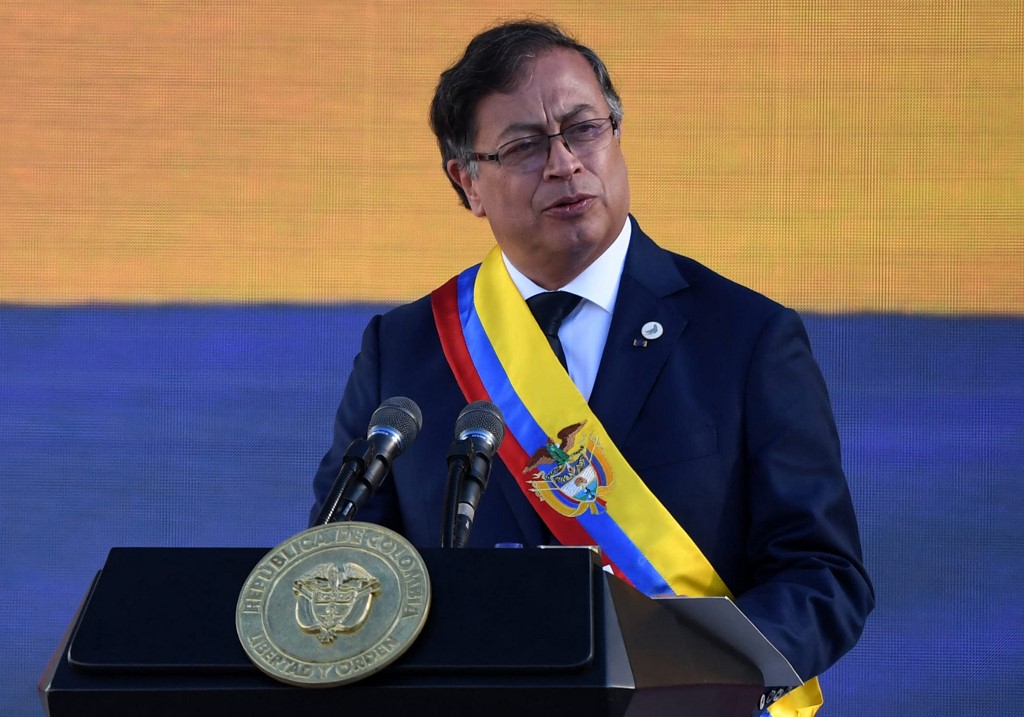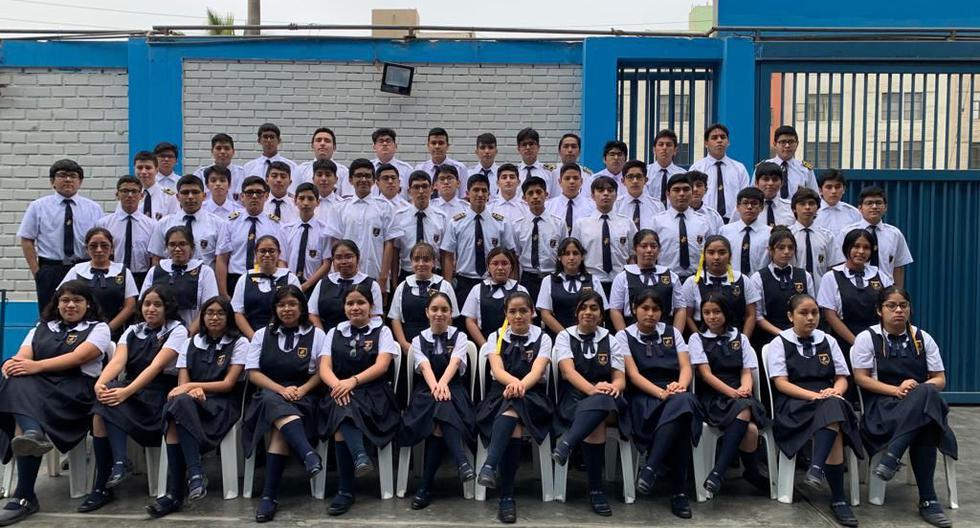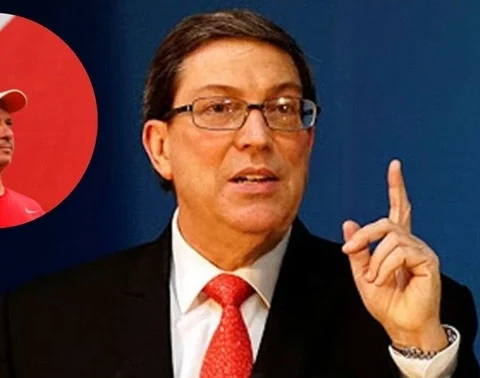In response to the visit of Nancy Pelosi, the second in line for presidential succession, China suspended its cooperation with the United States in several key areas, including combating climate change and defense issues.
It has also deployed fighter jets, warships and ballistic missiles around Taiwan in what analysts see as a mock blockade and invasion of the island.
Although the maneuvers were scheduled to end this Sunday, neither Beijing nor Taipei confirmed their conclusion.
On Monday morning, the official Chinese agency Xinhua released a statement on the issue in which the end of the military exercises was not mentioned either.
These maneuvers have made it possible to test “information-based systems warfare tactics and refine and improve the capabilities of destroying strategic island targets with precision strikes,” Air Force officer Zhang Zhi said, quoted by the agency.
On the other hand, China has already announced new maneuvers in the Yellow Sea, located between the mainland and the Korean peninsula, until August 15.
Taiwan’s Transport Ministry said six of the seven “temporary danger zones” that China warned airlines to avoid had returned to normal, signaling the near end of the exercises.
The seventh zone, on Taiwan’s east coast, should continue to be avoided until Monday at 10:00 am (02:00 GMT), the ministry added.
“SIMULATING ATTACKS ON THE ISLAND”
On Sunday, China carried out “joint practical exercises in the sea and airspace surrounding the island of Taiwan, as planned,” the Chinese military said.
These exercises were aimed at “testing joint ground firepower and long-range air strike capabilities,” it added.
Taiwan’s defense ministry confirmed that China had sent “planes, ships and drones” around the Taiwan Strait, “simulating attacks on the main island of Taiwan.”
The ministry detected 66 planes and 14 ships in the strait that separates mainland China from the island, including 22 that crossed the median line, which divides this maritime space in two.
China does not recognize this line, which was unilaterally drawn by the United States during the Cold War.
In addition, a Chinese drone also flew over the Taiwanese island of Kinmen, about ten kilometers from the Chinese city of Xiamen, forcing the Taiwanese army to launch flares, according to local authorities.
Taiwan said it mobilized a “joint intelligence surveillance and reconnaissance system to closely monitor the enemy’s situation,” as well as sending planes and ships.
Su Tseng-chang, Taiwan’s prime minister, said China is “barbarically using military action” to disrupt the peace in the Taiwan Strait.
For its part, the Taiwanese Foreign Ministry considered that these maneuvers are a “threat to the region and the world.”
CAVEAT
To show how close it was to Taiwan’s shores, the Chinese military released a video of the island’s coastline and mountains shot by a pilot.
He also disclosed a photo that he claims was taken from one of his military ships that was patrolling near Taiwan and in which the coast of the island can be seen in the distance.
Taiwan has stood its ground during the Chinese maneuvers and said it will not be intimidated by its “evil neighbor”.
But experts warn that the exercises reveal that the Chinese military is increasingly capable of carrying out a tough blockade of the self-ruled island, as well as obstructing the arrival of US forces.
“In some areas, their capabilities could even exceed the capabilities of the United States,” Grant Newsham, a researcher at the Japan Forum for Strategic Studies and a former US Navy officer, told AFP.
“If a (future) battle is confined to the area around Taiwan, the Chinese navy is a dangerous opponent, and if the Americans and Japanese don’t intervene for some reason, it would be very difficult for Taiwan,” he added.
The scale of the maneuvers and Beijing’s decision to withdraw from crucial bilateral talks have provoked a barrage of condemnation.
US Secretary of State Antony Blinken denounced a “disproportionate” reaction on Saturday.
Blinken considered that China should not take discussions on issues such as climate change “hostage”, because “it does not punish the United States, but the whole world.”
UN Secretary-General Antonio Guterres warned that “it is impossible to solve the world’s most pressing problems without effective dialogue and cooperation between the two countries,” according to his spokesman.
















